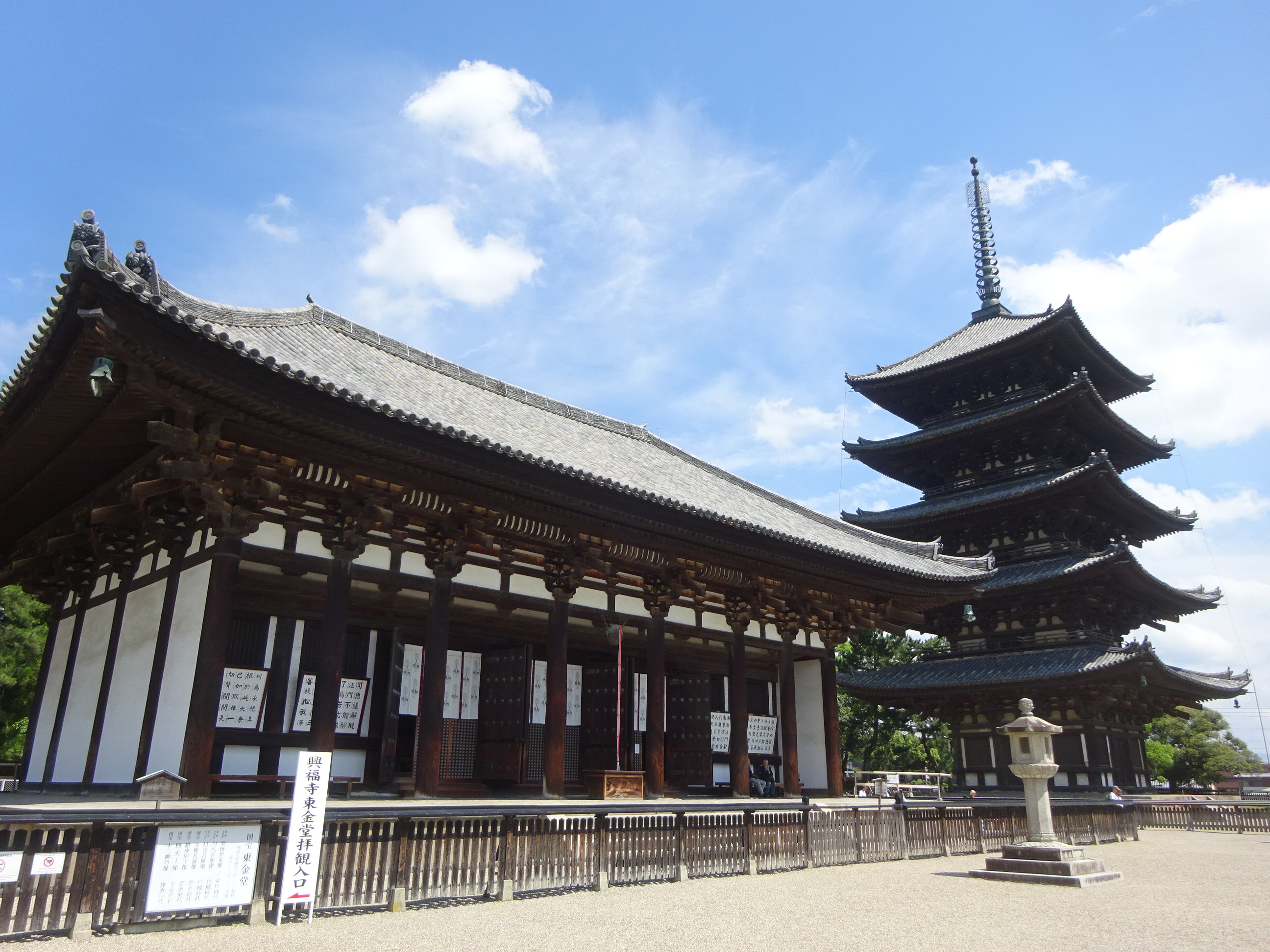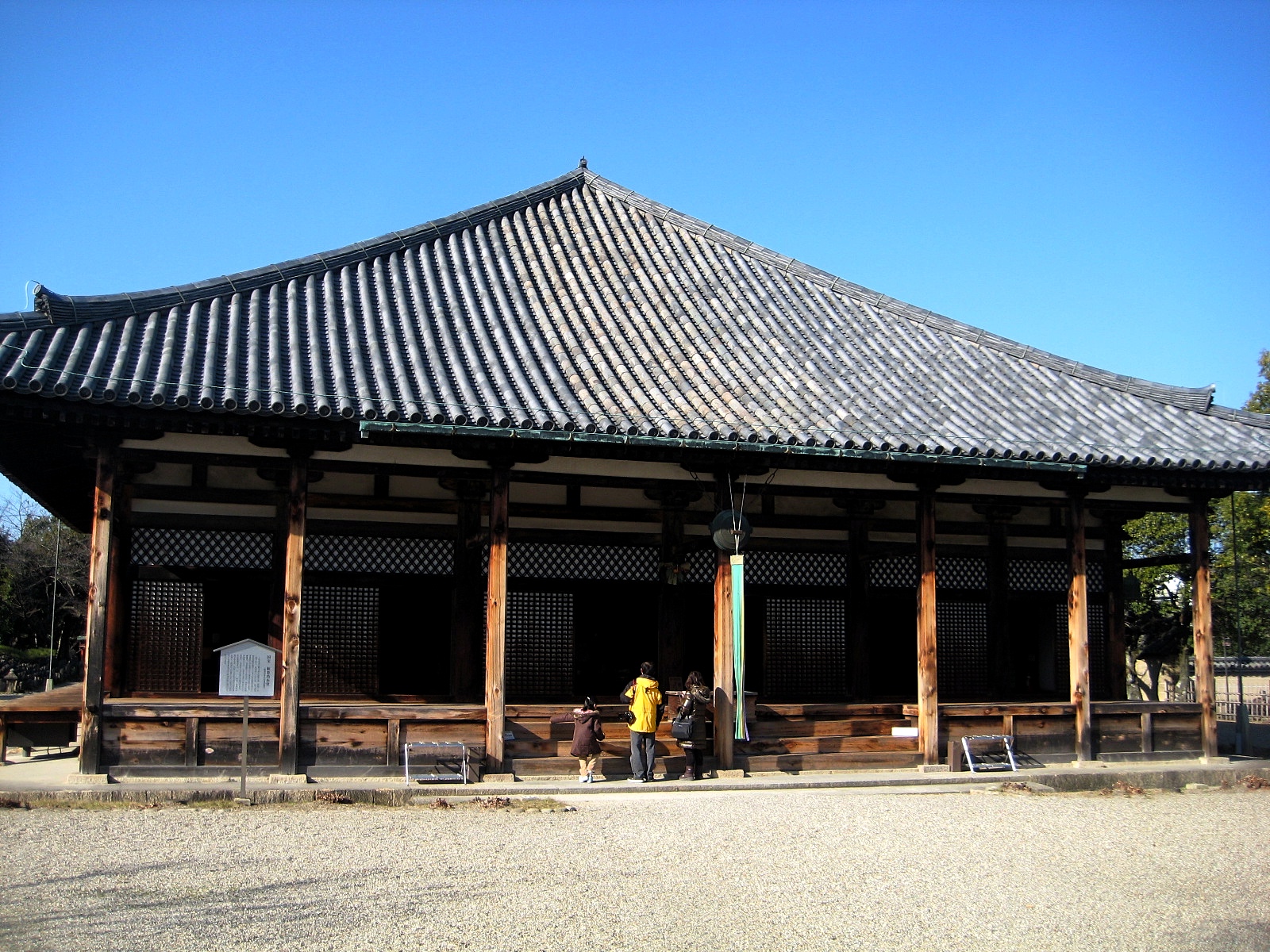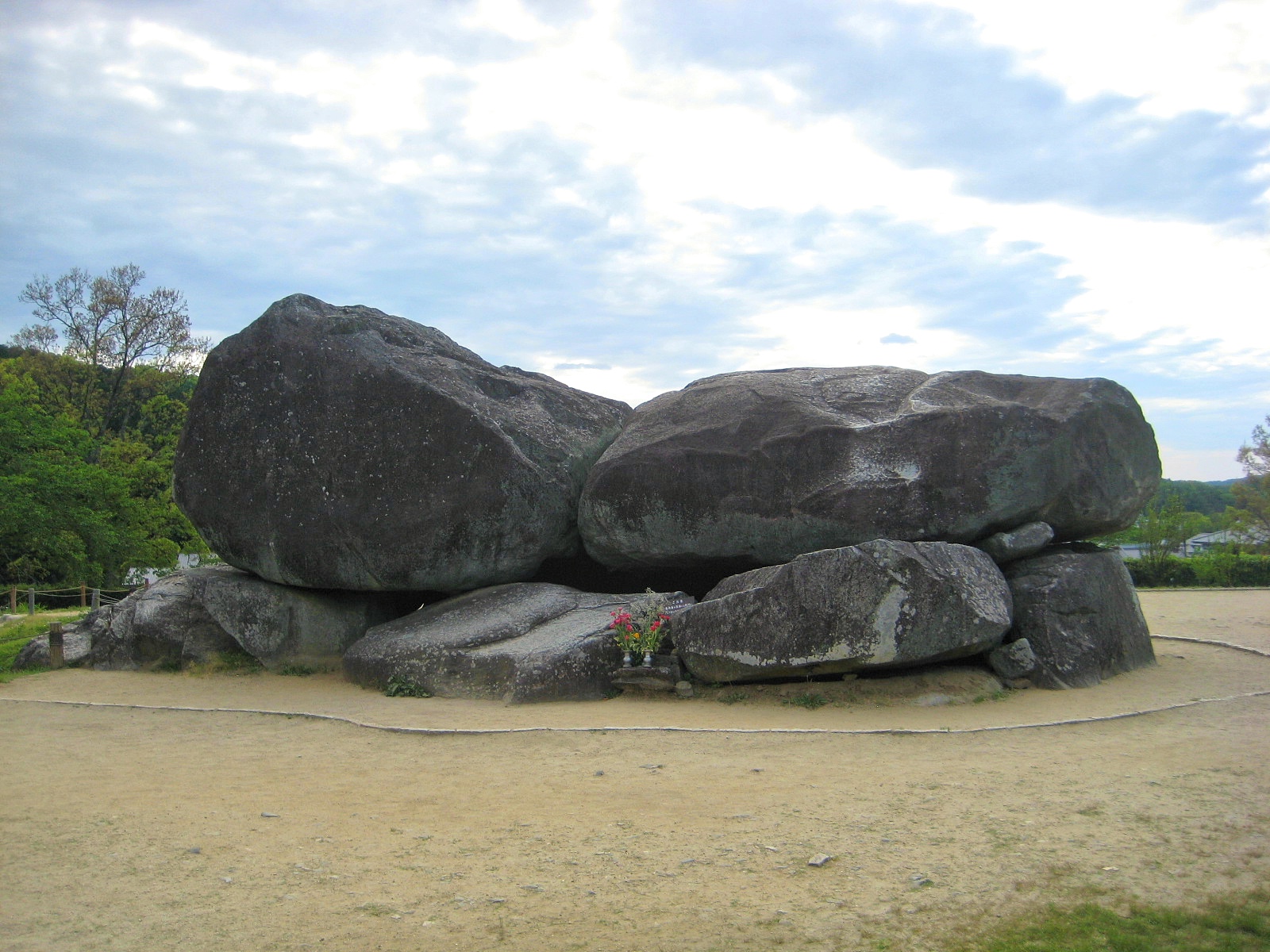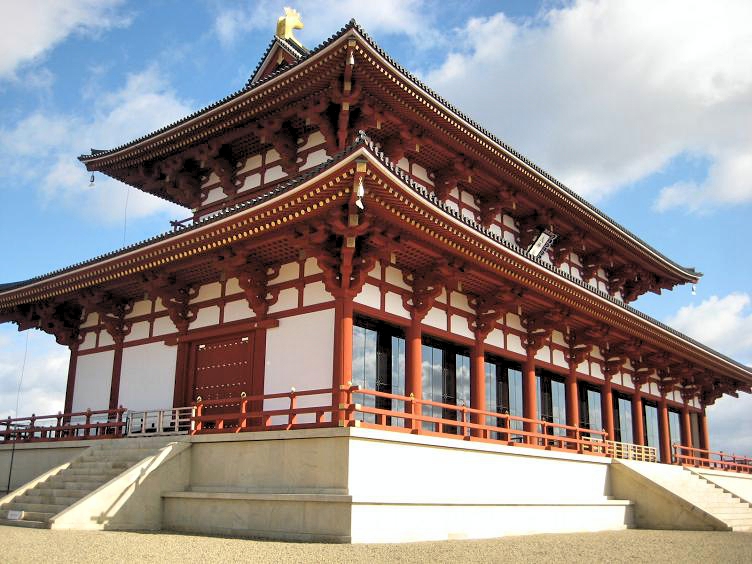The sign of antiquity wraps the skin softly. There is nothing like a sense of intimidation there despite there is powerful. If anything, it will bring calm to your heart. Tō-kondō (East Golden Hall) of Kōfuku-ji Temple and Five-story pagoda in Nara prefecture standing majestically behind it have such the atmosphere. ↑Kōfuku-ji Temple_Tō-kondō & Five-story pagoda But this is our sense of living the present day. It was the clan temple of “Fujiwara clan” that is said the largest clan in Japanese history at the time of establishment. It can be imagined that it was probably overwhelming because it was a powerful force from ancient times to the Middle Ages. The … Read More
Category
Region
Aichi (5) Akita (2) Ehime (1) Fukui (3) Fukuoka (1) Gifu (3) Gunma (1) Hiroshima (5) Hokkaido (2) Hyogo (3) Kagawa (1) Kagoshima (1) Kanagawa (2) Kochi (1) Kyoto (4) Mie (1) Nagano (2) Nara (4) Niigata (2) Oita (5) Okayama (1) Osaka (1) Shiga (4) Shimane (1) Shizuoka (4) Tokyo (2) Toyama (4) Wakayama (1) Yamaguchi (4)Publication month
December 2025 M T W T F S S 1 2 3 4 5 6 7 8 9 10 11 12 13 14 15 16 17 18 19 20 21 22 23 24 25 26 27 28 29 30 31 Instagram




